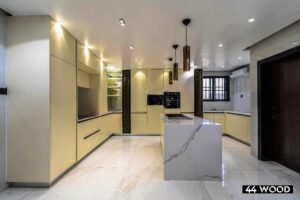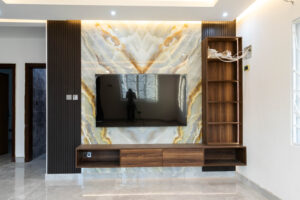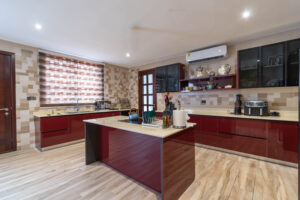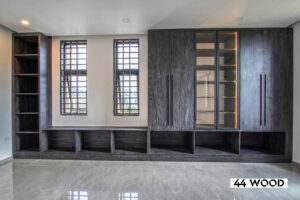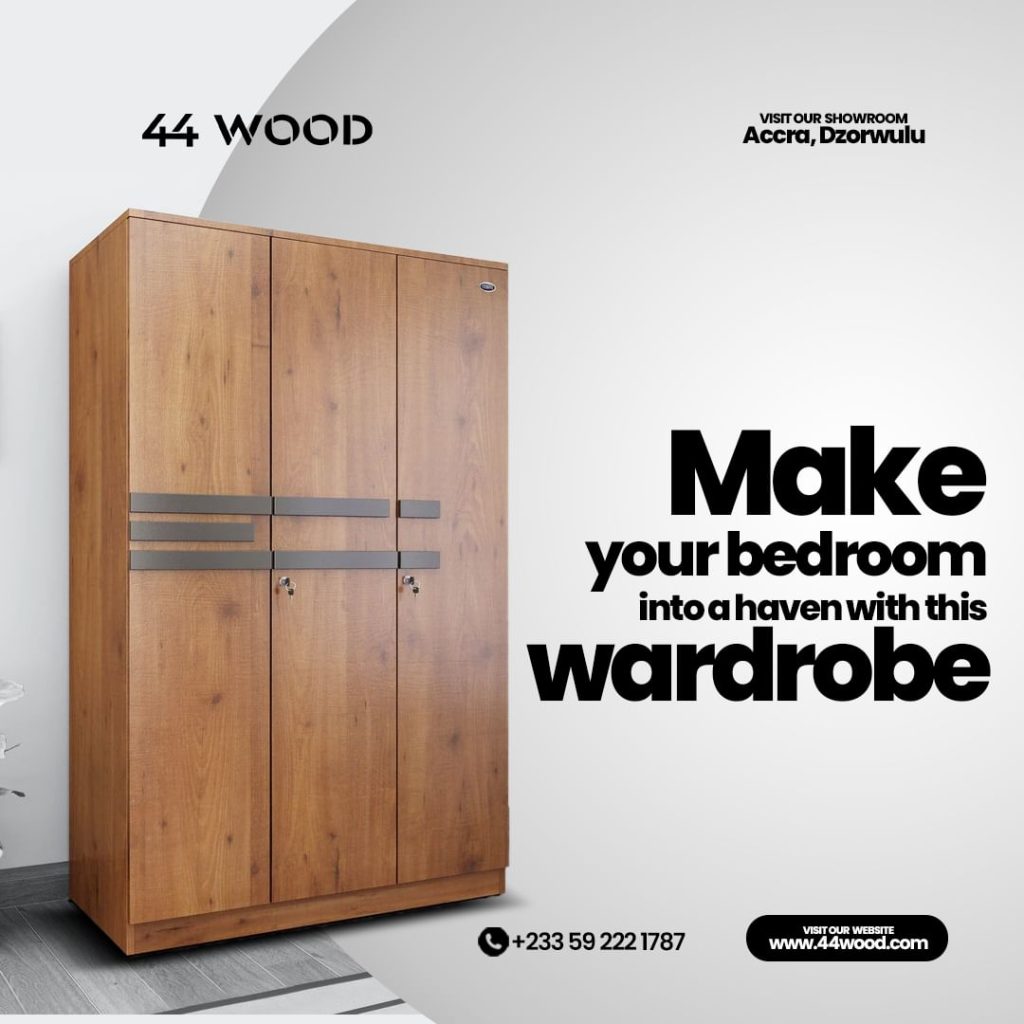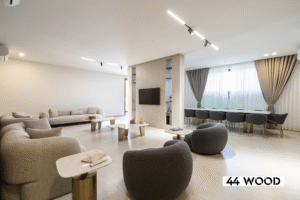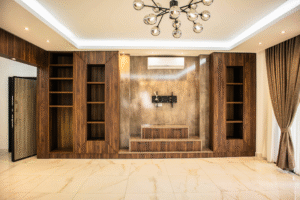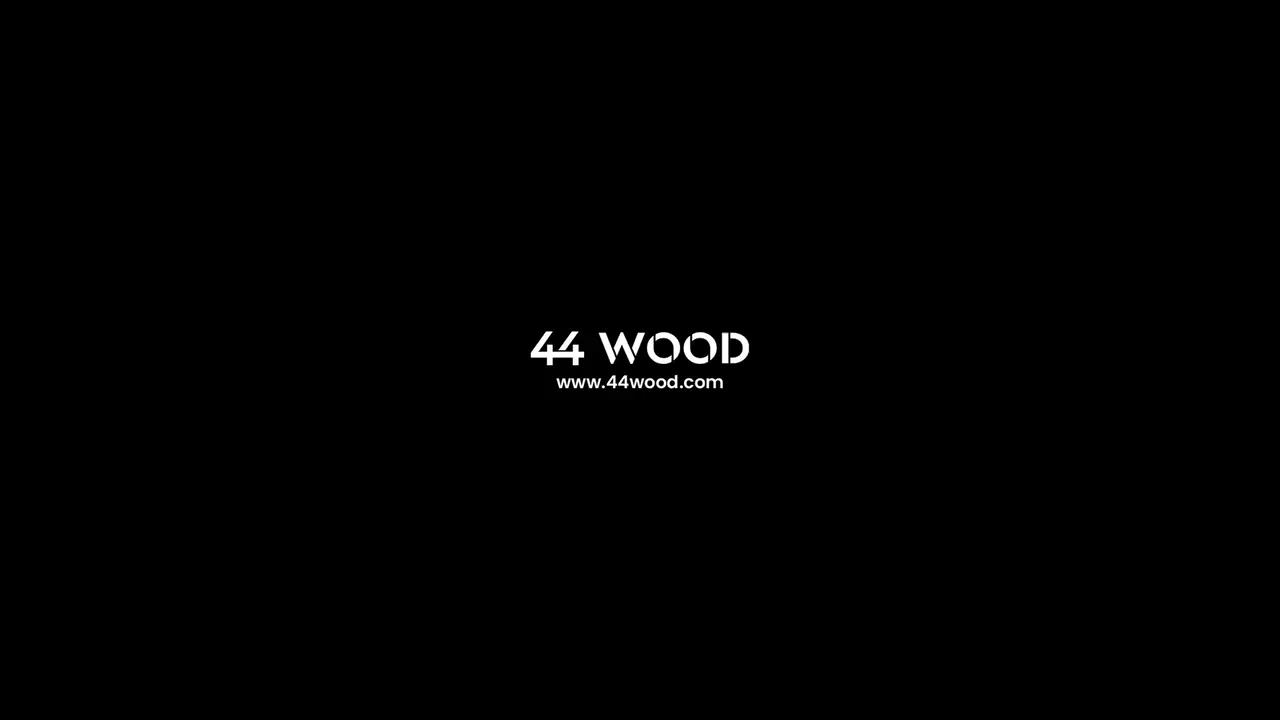Many customers inquire about the differences between MDF and genuine wood in our showroom. Medium Density Fiberboard (MDF) is an abbreviation for Medium Density Fiberboard. People have a negative perception about MDF and instantly believe that solid wood is the superior option.
Which sort of furniture do you think would be best if you had to choose between engineered MDF (Medium-density fibreboard) and solid wood?
Most people would prefer solid wood, but is this a fact-based decision or just a popular belief?
MDF was less durable when it first came out, compared to good old solid wood. Engineered wood, on the other hand, has become more reliable and affordable because to rapid technological and industrial advancements. As a result, more manufacturers are turning to engineered wood, and trends such as flat pack furniture have taken over a large portion of the industry. The technological advancements of this new material have resulted in the establishment of new enterprises such as flat pack assembly and delivery, as well as entire communities of flat pack hackers.
Is this to say that MDF is the superior choice? This isn’t always the case.
The truth is that both solid and engineered wood have advantages and disadvantages, and both may be excellent choices for any interior remodeling. That is why understanding the advantages and disadvantages of solid wood and MDF is critical for any homeowner, landlord, renter, or even property developer. As a result, 44 WOOD will now discuss its findings on this contentious comparison.
But, exactly, what does “solid wood” imply? The solution is as basic as it gets. When MDF became a viable alternative, the term “solid wood” was coined. It refers to a sort of wood that is harvested in the traditional manner – from forests. Solid wood furniture has no empty areas and varies in appearance depending on the type.
It must be noted that Oak timber is not as delicate as poplar. And if you don’t handle your screwdriver cautiously, MDF might shatter.”
What are the most common solid wood types?
Eucalyptus – There are several subspecies, each with its own set of fine features, such as color, texture, and so on. Tasmanian oak, blackbutt, spotted gum, and Jarrah are some of the most prominent examples, with their associated colors of creamy, pale brown, caramel brown, and red.
Cedar – has a delicate yet straight grain and is usually used for outdoor furniture. It comes in a variety of hues ranging from red to pink. Cedar is mold-resistant and reasonably priced.
Oregon — It has a straight grain and is also known as douglas fir. It’s light, yet it’s tough.
Pine — Despite its popularity in interior design, pine is recognized for being pest-prone. Infestations of pests and mould, if not addressed, may not only limit the life of your furniture, but may also set off a series of events that will destroy your entire home.
Ash – is one of the brightest solid woods available for furniture. It is frequently used as a substitute for white oak by traditional furniture makers.
Beech – Beech is another example of the lighter woods. It’s most popular in Sweden, Norway, and Denmark, however because of the less appealing grain, it’s usually painted.
Mahogany – Popular for it’s beautiful red colors. Carpenters prefer it for it’s medium hardness. Unfortunately due to overusage, supply is scarce nowadays.
Maple – You could come across subspecies both soft and hard. The first is used for pallets, packing containers, shipping boxes and etc, because it is less durable.
Oak – Without the shadow of a doubt, one of the most used types of solid wood for furniture on modern interior design. It comes in two varieties – American red and European white. Along with cedar and white oak it is among the few most resistant to moisture, which is why oak is widely used for pergolas, gazebos and other outdoor inventory.
Teak – is well-known for its great quality and hefty price. Vietnam, the Philippines, Thailand, and Myanmar are among the nations where it thrives. Teak is a great material for making boats, rafts, and fishermen’s gear. It has a vibrant tint that ranges from golden to brown in hue.
Walnut – is the most popular in the United States. It has a lovely brown hue and a pleasing feel. A great price goes hand in hand with outstanding quality. Traditional furniture and kitchen cabinetry are frequently made of it.
What are the benefits of using natural wood?
- Solid wood is long-lasting and will last you a long time. Forest-grown wood is incredibly durable, and it has shown to be a long-lasting property investment. It has been used to build buildings, bridges, and other structures throughout history. Even though technology has progressed, solid wood is still employed in building. Imagine how long a strong table will survive if a wooden bridge can withstand the test of time.
- Solid wood is really stunning. No matter how well you paint a flat pack, the appearance of real wood will always win out. Natural texture’s appealing appearance is so appealing that several manufacturers sell MDF that looks like it. White oak, walnut, teak, and mahogany are the most popular, followed by red oak, Oregon, and ash. The popular shabby chic furniture is a wonderful example. MDF is disliked by shabby aficionados, who are typically ready to pay more for actual solid wood.
- An interior with a lot of solid wood might add value to your home. A magnificent closet, table, vintage sofa, or simply a sturdy bookcase may significantly increase the total worth of your house or a property you wish to buy. Solid units, unlike ready-to-assemble flatpacks, are considered investments. Inquire with a seasoned property reseller, developer, or even a landlord. Solid wood furniture makes a difference when selling or renting a home because of its attractiveness and amazing longevity.
- Natural wood furniture may be found in a variety of designs and styles. Although solid wood units are less adaptable than flatpacks, designers may always locate a piece to fit current interior trends. You may always employ a carpenter and order a bespoke unit if you can’t locate the precise type you desire. Solid wood is very straightforward to deal with, allowing it to be used for bespoke projects and even DIY.
What are the downsides of solid wood?
- Moisture is a problem. Moisture isn’t always an issue if your device has a nice finish that seals it well, but it might be dangerous if you damage the surface. If you bump or scrape your table, closet, bookcase, or other similar item, this might happen. Mold is incredibly flexible, and all it takes for a fungal colony to develop and infest is a little fissure.
- Both heat and cold may damage solid wood. Rapid variations in temperature and humidity may be disastrous to solid wood furniture. Amplifications cause wood to compress or expand, despite technological breakthroughs and high-end manufacture. This will have an impact not just on its appearance but also on its general integrity. This means that outside wooden merchandise should not be exposed to scorching sunny days. Put everything in a garden shed, your garage, or anywhere out of the sun.
- Termites, woodworms, and other insect infestations can affect solid wood. Chemical treatment is the most effective technique to reduce the danger of infestation. It makes no difference whether you buy pre-assembled items or are prepared to place an order for bespoke furniture. Ensure that the unit is finished to a high quality, or your investment may be jeopardized.
The most common pests are woodworms, anobiidae (deathwatch beetle and common furniture beetle), bostrichidae (false powderpost beetles; powderpost beetles), longhorn beetles (old house borer, house longhorn beetle; anoplophora longhorn beetles known as fera; wharf borer), bark beetles, moths, carpenter bee. Keep in mind that just getting rid of a woodworm is a difficult task! Imagine having to deal with two, three, or even four pests at once! Examine the final product! Always!
- The cost might be prohibitive. While not all forms of solid wood are costly, the majority of them are. White oak, walnut, and cherry will all set you back a pretty penny, not to mention that some species, like teak and mahogany, are in short supply. In general, cost is determined by the product’s durability, beauty, and availability.
Medium-density fiberboard’s advantages and disadvantages (MDF)
It’s a substance made composed of recycled residues from solid wood cutting — fibres, resin, and wax. MDF is a more compact material than plywood in terms of uniformity (but not when it was initially presented as a product). MDF used to be less durable than solid wood, but because to advancements in technology and production, high-end MDF boards are now as durable as genuine wood. The size of the board, its consistency, the type of glue used, and, of course, the type of fibers employed are used to classify engineered wood into several categories.
What are some of the benefits of MDF?
- MDF is difficult to flex and break. Although MDF is theoretically comprised of wood, it has a completely different structure. When you try to bend an MDF board, it snatches rather than warps. This is why, unlike its competitor, engineered wood has the benefit of being moisture resistant. Of course, if you submerge it in water, the board will eventually deteriorate. When exposed to airborne moisture, however, the item will expand and contract as a whole while maintaining its general integrity and form.
- MDF is less expensive and easier to obtain. MDF boards are often less expensive than genuine wood. If you compare high-end MDF to some of the less expensive varieties of wood, there are a few exceptions. Another big advantage of engineered wood is that it’s easier to locate than, say, maple or white oak, especially if you require a certain size.
- MDF is more straightforward to paint and seal. Unlike solid wood, engineered wood has no distinct grain or character. This makes it easy to sand and prime without worrying about appearances or, worse, knots.
- MDF is the best material for cabinets. Engineered wood has undeniable advantages for cabinet doors. Interior designers can pick from flat-paneled, partly, completely overlay, inset, euro-styled, and raised designs thanks to manufacturing flexibility. Many varieties of MDF are moisture resistant, which is important for kitchen and bathroom furniture.
What are some of the disadvantages of MDF?
- Engineered wood is susceptible to wear and tear. The surface is one of the most significant distinctions between solid and manufactured wood. MDF’s exterior surface is nearly identical to its core, but it has been over-compressed to function as a sealant. If you try to sand it, you’ll get to the fibre-waxed core, which will compromise the board’s overall integrity. Repainting flat box furniture need a sensitive and cautious technique. Damage to MDF is irreversible, unlike genuine wood, where a little sanding may disguise dents and scratches.
- MDF is a heavier material. Many people mistakenly believe that real wood is heavier, however the truth is that MDF is heavier. This is the fundamental reason why, especially when wall-mounting cupboards and shelves, a flat pack kitchen requires additional anchors and more support. It’s also why many furniture designers would just use MDF for cabinet doors and use real wood for the remainder of the piece.
- MDF is susceptible to high temperatures. Engineered wood is made out of wax and/or resin-like chemicals, so keep that in mind. This is why MDF units should not be left near heaters, radiators, fireplaces, ovens, stoves, or outside in the summer.
- MDF can’t take a lot of weight. Despite the fact that engineered wood is frequently used for a broad range of units such as closets, bookshelves, kitchen cabinets, and so on, if you put too much weight on MDF boards that aren’t built to support it, it will simply droop. For further support, combining the use of solid wood with MDF is a sensible approach.
ALSO READ: WHAT EXACTLY IS A CHIPBOARD?
Conclusion: Is solid wood better or MDF?
As you may have guessed, there isn’t a clear winner here. If you’re renovating your kitchen, MDF may be a better option because it gives you more control over the style and design. However, if you want a large and strong wardrobe that can hold a lot of clothes, solid wood shelves are a must. Natural wood is also a good option for traditional furniture and design aficionados who are willing to spend more as long as their dream projects are realized. While both engineered and natural wood have advantages and disadvantages, the decision you make will be based on your unique demands and requirements. Visual appeal, budget, form, size, and location are all possibilities.
